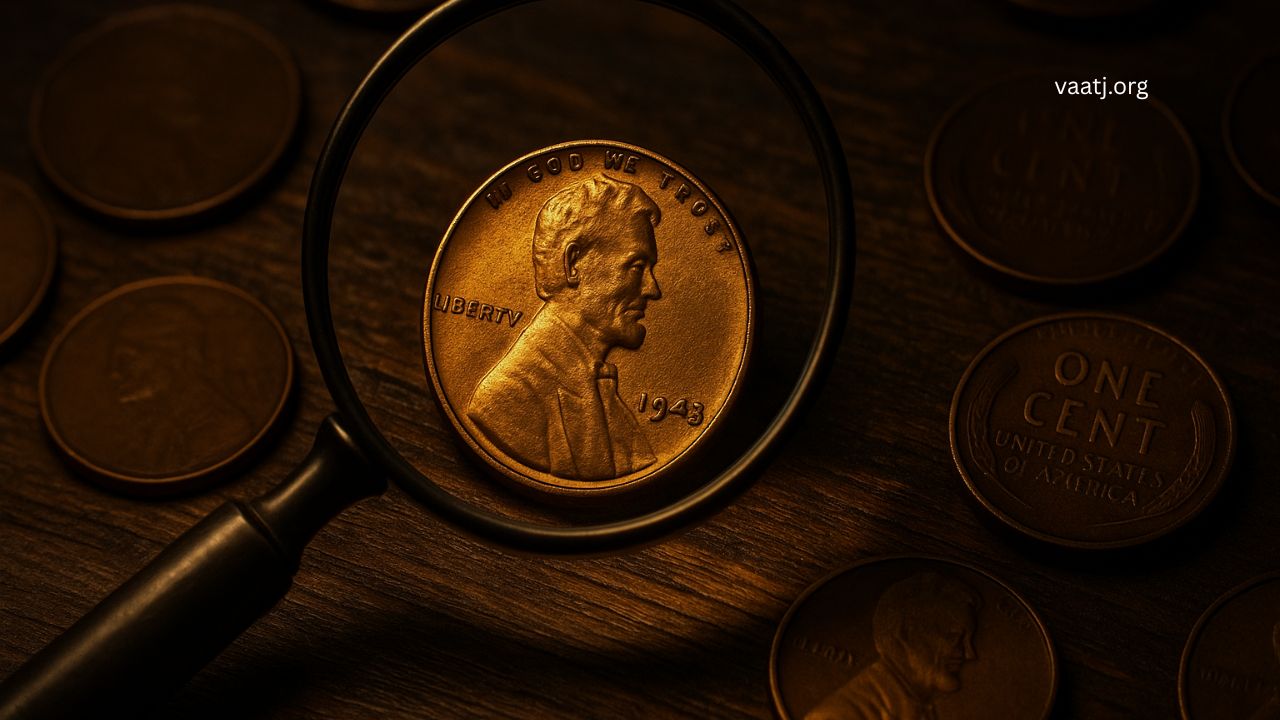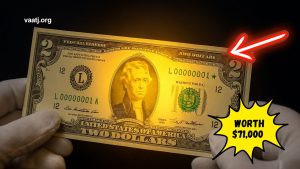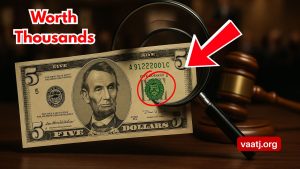Imagine sifting through your spare change and discovering a coin worth not $168,000, but hundreds of thousands or more. The much-publicized 1943 bronze (copper) Lincoln Wheat Penny is one such treasure.
While some reports cite $168,000, recent confirmed sales show prices far exceeding that for certain examples. This article lays out what is real, what to watch for, how many are known, and how you can tell if one might be hiding in your pocket.
What Made the 1943 Penny So Special?
- In 1943, due to World War II, the U.S. Mint was directed to conserve copper (used for war efforts), so pennies were made from zinc-coated steel instead of the usual bronze (copper alloy).
- However, a few bronze planchets (leftover blanks) were mistakenly used with 1943 dies, producing what collectors call the “1943 bronze (or copper) error” pennies.
- Because almost all 1943 pennies were intended to be steel, any authentic 1943 bronze penny is extremely rare and highly sought after.
How Many Are Known & Where From?
| Mint Location | Mint Mark | Approx. Number Known | Relative Rarity |
|---|---|---|---|
| Philadelphia | no mint mark | ~10-15 specimens | Rare but more common than Denver/San Francisco versions. |
| Denver | “D” | 1 confirmed example | Extremely rare; that is perhaps the single most valuable example. |
| San Francisco | “S” | a few known (~5 or fewer) | Very rare; examples have sold for high prices. |
Auction Records & Real Values
| Specimen | Mint / Mark | Condition / Grading | Approximate Sale Price |
|---|---|---|---|
| 1943-D bronze penny | Denver (“D”) | MS64BN (Mint State, Brown) | $1.7 million — record sale. |
| 1943-S bronze example | San Francisco (“S”) | High grade (BN / Red-Brown) | $504,000 in a recent sale. |
| Philadelphia 1943 bronze pennies (various grades) | Philadelphia | Circulated to Mint State examples | $$240,000–$336,000$ for circulated / lightly worn examples; top Mint State pieces potentially more. |
So, while $168,000 is not out of line for a moderately good specimen, many authentic 1943 bronze pennies in excellent condition have fetched far more.
How to Spot One: Key Tests & Traits
To determine if a 1943 penny might be the rare bronze error, these are the real checks experts perform:
| Test | What to Check / Expected Result |
|---|---|
| Magnet Test | Genuine bronze pennies are not magnetic. Steel cents (common 1943 ones) are magnetic. |
| Weight | Bronze error coins weigh around 3.11 grams. Steel cents weigh about 2.70 grams. |
| Mint Mark | Check for “D” (Denver), “S” (San Francisco), or no mark (Philadelphia). The Denver bronze example is unique; others are very rare. |
| Appearance / Color | Bronze examples show reddish-brown / copper tone. Steel examples are silvery or gray. Also look for sharp strike detail, edges, dies, etc. |
| Professional Authentication | Submit to grading services like PCGS or NGC—as fakes are common. Errors include steel cents plated to look like bronze, date alterations, etc. |
When $168,000 Might Be Real
A number like $168,000 is possible for a bronze 1943 penny in moderately good grade (for example, circulated or lightly worn but authenticated). It might seem low compared to record-breaking examples, but the value depends heavily on:
- Grade / condition (how well preserved, how sharp the details)
- Mint location (Denver bronze example is distinct and more valuable)
- Provenance and documentation (when/where found, ownership history)
- Market conditions at the time of sale (buyers, demand, auction house)
Thus, a $168,000 sale might correspond to a bronze error in good but not perfect condition, or one with less desirable attributes (some wear, toning, etc.).
The 1943 bronze Lincoln Wheat Penny is one of the most fascinating and valuable coin errors in U.S. numismatics. While $168,000 is within the range for some examples, especially those that are authentic but in lesser condition, multiple confirmed sales show that top specimens fetch far more—in many cases half a million dollars to over a million.
If you own a 1943 penny that doesn’t stick to a magnet, weighs ~3.11 g, has a mint mark or none, and exhibits bronze color—and if you’re willing to get it certified—you might just be holding a rare piece of history.
FAQs
Is $168,000 a common price for a 1943 bronze Wheat Penny?
No. While some 1943 bronze pennies have sold for six-figure amounts, many are worth much more (especially in higher grades and rarer mint marks). $168,000 could be realistic for particular mid-grade examples.
How many 1943 bronze pennies exist today?
What should I do if I think I have one?
First, perform preliminary tests (magnet, weight, visual inspection). If it passes these, have it authenticated by a respected grading service (like PCGS or NGC). Keep it uncleaned, in the best possible condition, and get documentation of any discovery or provenance.




